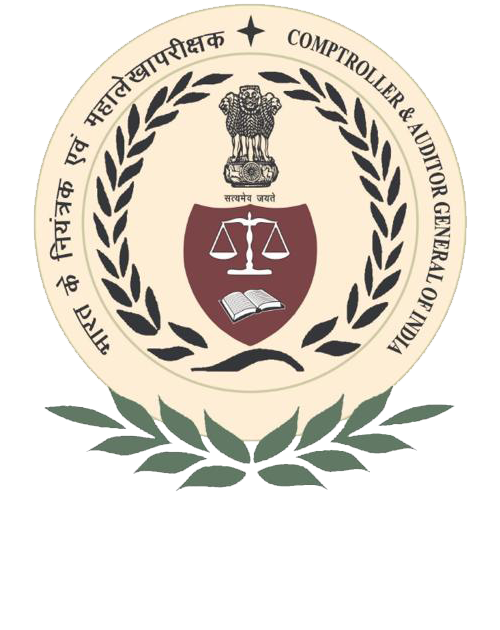- Home
- About Us
- Functions
- Resources
- Tour Program
- Publication & Reports
- Contact Us
- Employee Corner
Audit Reports
Performance

Railways
Report No. 14 of 2011 - Performance Audit on Security Management in Indian Railways Union Government, Railways
Date on which Report Tabled:
Tue 23 Aug, 2011
Date of sending the report to Government
Government Type
Union
Union Department
Railways
Transport & Infrastructure
Overview
Incidents of sabotage on the Indian Railways (IR) have increased in frequency and intensity in the last five years. This along with frequent disruptions in rail traffic during agitations has seriously affected the public's faith in the Railway system to provide basic security to its passengers. The rail network spread over 64015 route kilometres with 7030 stations traverses both dense urban areas and sparsely populated rural areas and forest which are difficult to secure. Security Management in Indian Railways was earlier reviewed by Audit and results included in Paragraph 2.2 of Report No.9 of 2000 (Railways) of the Comptroller and Auditor General (CAG) of India. In this report, Audit had highlighted the need to evolve a unified overseeing arrangement which is absent as RPF, an armed force under the control of the Railways was mainly concerned with protection of railway properties. On the other hand the State Government is responsible for maintaining law and order. The Report emphasised that the system of coordination that existed on paper between RPF and GRP at the operating level and between the Railway Administration and state governments at headquarters level has been weak in implementation. The current Report reveals that many of the issues pointed in the earlier Audit Report still persist.
This Performance Audit was aimed at evaluating the existing system for securing passengers and Railway property viz. tracks, bridges as well as other fixed structures including office buildings, stations etc. This Performance Audit also analyses the strategy to control crimes at railway stations and in running trains. It also assesses the preparedness of the Indian Railways to handle the enhanced threat environment.
There was shortage of manpower to the extent of 13.16 per cent in security forces. The IR failed to redeploy man power prioritizing core operations which could have reduced the requirement of additional manpower. Both the IR and the State Governments did not respond promptly in filling up the existing vacancies for meeting the challenge of increased security threat. Railways were reluctant to outsource security even in non core areas to private agencies. The existing training facilities were frequently underutilized. This Performance Audit revealed the low priority attached to security by IR as per passenger expenditure on security is only Rs. 2.86.
Download Audit Report
-
Preface
-
Abbreviation
-
Executive Summary, Major Audit Findings, Gist of recommendations
-
Chapter – 1 Introduction
-
Chapter – 2 Adequacy of the follow-up action on the Audit Report and legal provisions governing the security agencies
-
Chapter – 3 Protection of passengers and their belongings including strategy to control crime
-
Chapter – 4 Safety of Railway property viz. track, bridges as well as other fixed structure including office buildings, yards
-
Chapter – 5 Preparedness of Indian Railways to handle the enhanced threat environment
-
Chapter – 6 State of Preparation of Indian Railways
-
Annexures

